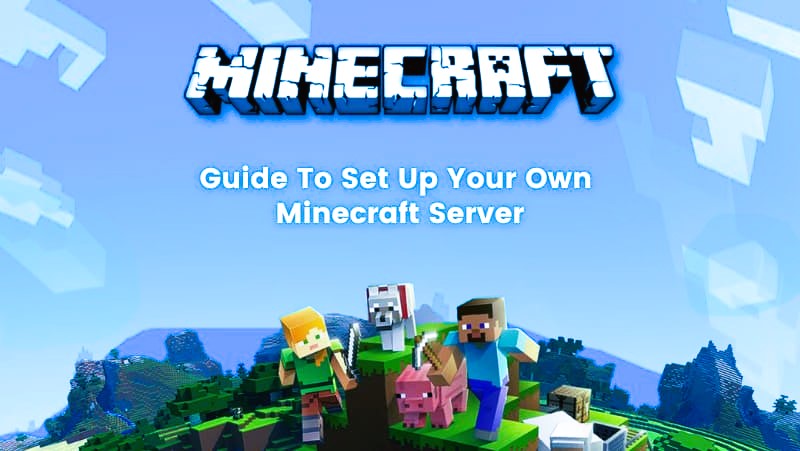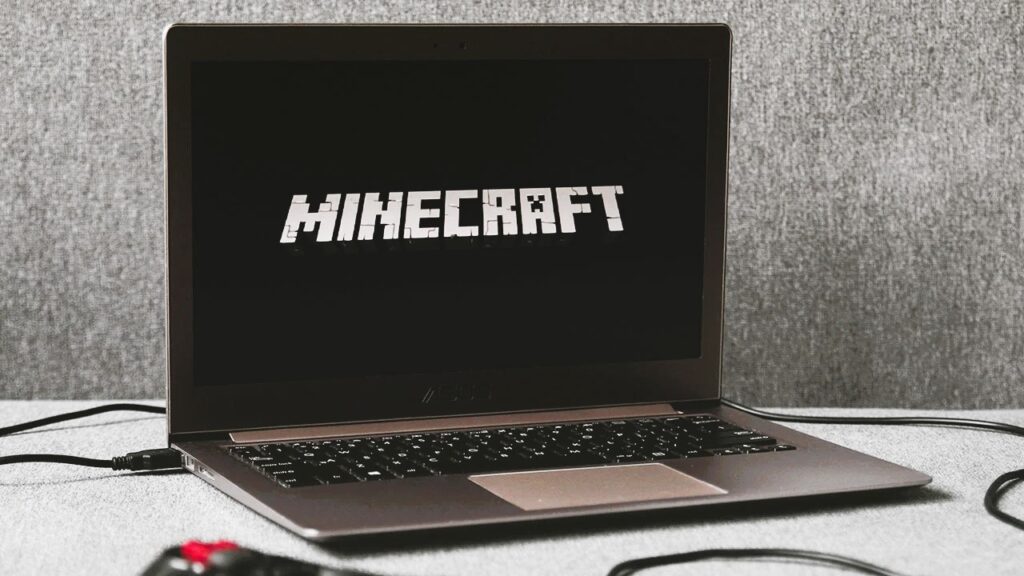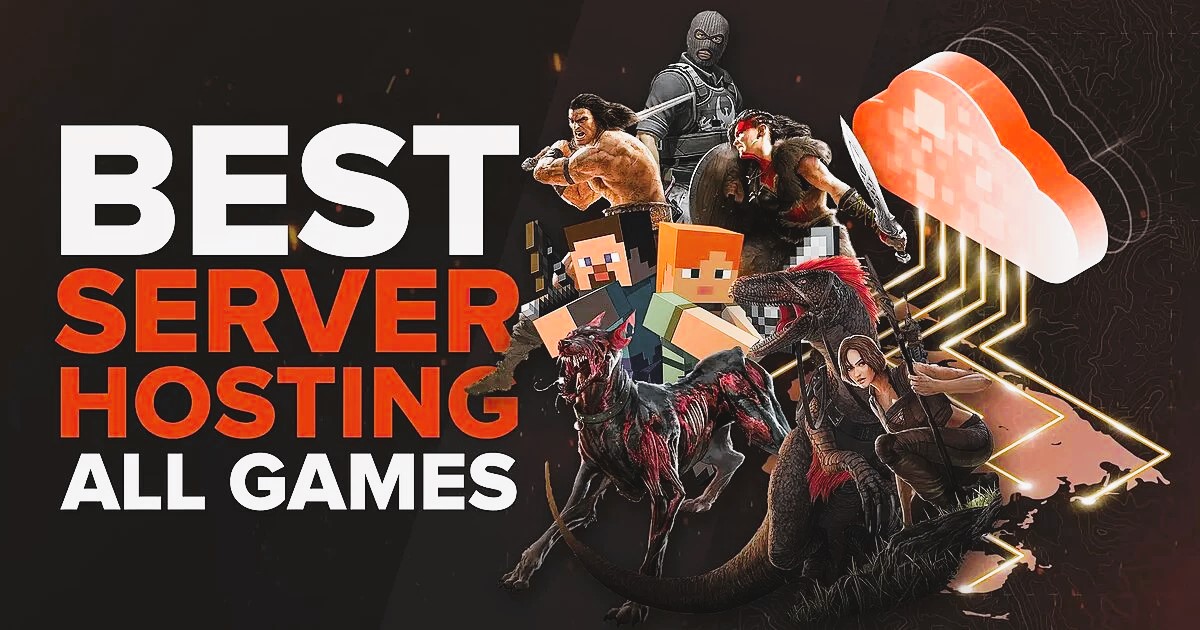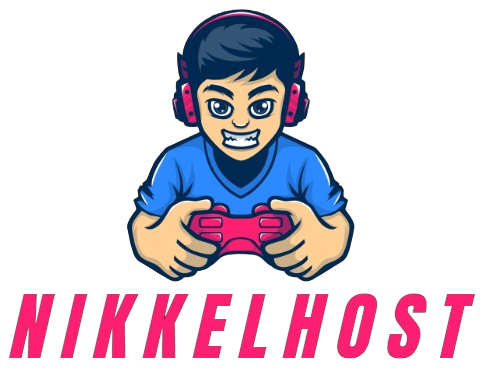
How to Create Your Own Minecraft Server: A Comprehensive Guide
Minecraft, the sandbox game that has captured the hearts of millions, becomes even more immersive when experienced on a personal server. Creating your own Minecraft server allows you to customize your world, invite friends to join, and tailor the gameplay to your preferences. In this comprehensive guide, we’ll walk you through the step-by-step process of creating your very own Minecraft server.
1. Preliminary Considerations:
Before diving into the technical details, consider the following:
- Hardware Requirements:
- While it’s possible to host a small Minecraft server on a personal computer, for larger communities or extensive modifications, consider using a dedicated machine or a hosting service for optimal performance.
- Internet Connection:
- A reliable and high-speed internet connection is essential for hosting a Minecraft server. A stable connection ensures smooth gameplay for you and your friends.
2. Choose a Server Hosting Option:

There are different ways to host a Minecraft server, and your choice depends on factors such as budget, technical expertise, and the scale of your server. Why you should consider hosting games on a cloud server, read more at the link.
- Self-Hosting:
- Hosting the server on your own hardware gives you complete control but requires technical know-how. It involves configuring your router, managing server settings, and ensuring your computer is always online.
- Third-Party Hosting Services:
- Many hosting services offer Minecraft server hosting, simplifying the process. Providers like Akliz, Apex Hosting, and others offer user-friendly interfaces, support, and scalability.
3. Set Up Port Forwarding:
If you choose to self-host, configure your router to allow traffic to your Minecraft server. This is done through port forwarding. Access your router settings, locate the port forwarding section, and open the default Minecraft port (25565) for both TCP and UDP traffic.
4. Install Java:
Minecraft servers run on Java, so ensure you have the latest version installed on your server machine. Visit the official Java website to download and install Java.
5. Download the Minecraft Server Software:
Visit the official Minecraft website and navigate to the “Downloads” section. Download the server software, which comes in a JAR file. Save it in a dedicated folder on your server machine.
6. Create a Dedicated Folder for Your Server:
In the same folder where you saved the server software, create a new text document and rename it to “start.bat” (Windows) or “start.sh” (Linux/Mac). Open the file with a text editor and enter the following command:
java -Xmx1024M -Xms1024M -jar minecraft_server.jar nogui
7. Run the Server for the First Time:
Double-click the “start.bat” (Windows) or execute the “start.sh” (Linux/Mac) file to run the server. Allow the server to create the necessary files and folders. Once the process completes, stop the server by typing “stop” in the console.
8. Configure Server Settings:
Open the “server.properties” file in a text editor. Customize settings such as server name, game mode, difficulty, and more. Save the changes.
9. Install Plugins and Mods (Optional):

Enhance your Minecraft experience by installing plugins and mods. Bukkit, Spigot, and Paper are popular server software that supports plugins. Place the plugin or mod JAR files in the “plugins” folder.
10. Start Your Server:
Double-click “start.bat” (Windows) or execute “start.sh” (Linux/Mac) to launch your Minecraft server. Players can now connect using your server’s IP address.
11. Set Up Dynmap (Optional):
For a dynamic map of your Minecraft world, consider installing Dynmap. Follow the instructions provided by the Dynmap plugin to integrate it into your server.
12. Regular Backups:
Ensure regular backups of your server files, especially before making significant changes or updates. This ensures that your world and configurations are safe in case of any issues.
Conclusion:
Creating your own Minecraft server opens up a world of possibilities for customization and community building. Whether you’re exploring the vast landscapes with friends or creating intricate structures, the experience becomes even more memorable on a server crafted to your specifications.
At NikkelHost, we understand the importance of seamless gaming experiences. Explore our hosting solutions for Minecraft servers and embark on a journey of endless creativity and exploration.
You May Also Like

Web Hosting for Gamers: Beyond the Virtual Battlefield
2023-10-19
The Future of Gaming: Trends Shaping the Hosting Landscape
2024-05-23
